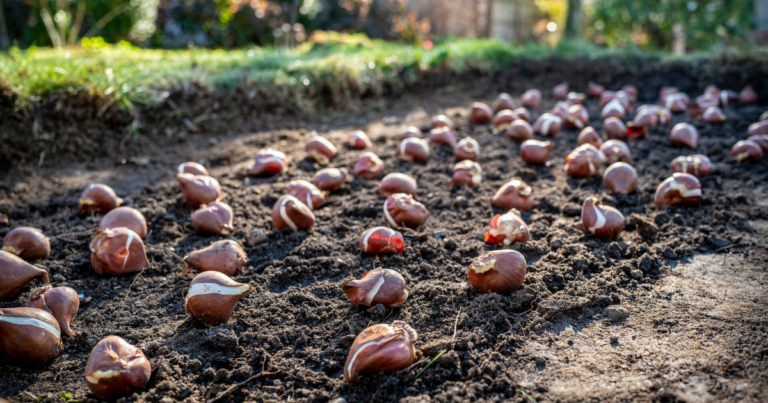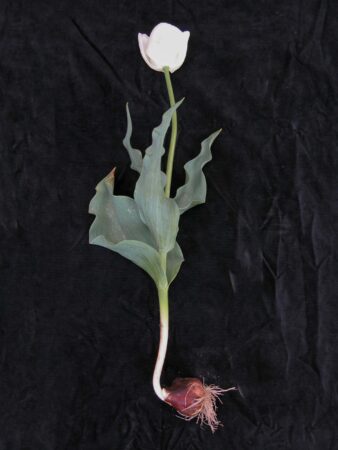
Your bulbs might seem to disappear during the colder months, but beneath the soil, they’re undergoing a fascinating process that’s important for their growth. Learning how bulbs respond to winter’s chill gives us a peek into the natural cycles that bring those beautiful spring blooms to life.
The Role of Winter Cold in the Life Cycle of Bulbs

Winter’s temperatures are essential for the life cycle of bulbs. After being planted in the fall, bulbs respond to the cooling soil by beginning to grow roots. This initial growth is a crucial first step, allowing the bulb to establish itself before winter. As the temperature continues to drop, the bulb prepares for winter by converting some of its stored energy into a natural “antifreeze” that protects it from damage during the coldest months.
Why Some Bulbs Need a Prolonged Cold Period
Tulips and many other spring-flowering bulbs are uniquely adapted to cold-winter climates. These plants not only tolerate but actually require an extended cold period to bloom correctly. Each bulb species has its own “internal clock” that senses how much cold it needs. Most bulbs require between 10 and 17 weeks of temperatures below 45 degrees Fahrenheit to set the stage for successful blooming. Early bloomers like snowdrops, Winter Wolf’s Bane, and crocuses require less chilling time, which is why they’re among the first flowers to appear in spring. Later-blooming bulbs, such as tulips and snowflakes, need a longer period of cold to develop fully.
How Bulbs Detect the Change of Seasons

As winter transitions to spring, bulbs detect the shift in temperature as the soil gradually warms. This warming signals the bulb that spring is approaching, prompting it to “re-awaken” and begin preparing for growth. The bulb’s “antifreeze” reverts back into energy reserves, and soon after, the first green shoots emerge from the soil. This finely tuned response to temperature changes ensures that bulbs bloom at the optimal time.
Challenges for Bulbs in Mild-Winter Climates
In most parts of the United States, the natural winter cold provides bulbs with the chilling period they need. However, in regions with mild winters, such as parts of the South and California, bulbs may not receive enough cold. When bulbs don’t get the required chill, they can struggle to grow properly, often resulting in stunted plants that reach only a fraction of their normal height. To overcome this, gardeners in mild-winter climates can pre-chill bulbs by placing them in a refrigerator for 6 to 12 weeks before planting in late fall or early winter. (Learn more about this method in this article.) This extra step mimics the natural cold period, ensuring the bulbs will bloom as intended.
By understanding what happens to bulbs in winter, we get a glimpse into the incredible resilience and adaptability of these plants. It’s a great reminder that even in the coldest months, nature is quietly preparing for new growth.


